
The Midwest and the South are faced with catastrophic storms and tornadoes wreaking havoc across the region. Over 100 million people are affected by the extreme weather, with tornado warnings issued in states such as Alabama, Missouri, and Arkansas.
The National Weather Service has designated it a “multi-day catastrophic and potentially historic” incident. Tornadoes of EF-3 strength or greater threaten lives and buildings. Flash flooding, hurricane-force winds, and orange-sized hail are predicted to contribute to the increasing destruction.
Aside from human devastation, the storms are destroying ecosystems and endangering wildlife, creating long-term environmental problems. Here, we discuss the unfolding crisis, focusing on the damage to wildlife and ecosystems while also presenting how both humans and wildlife are resilient in the face of natural disasters.
The Scope of Destruction
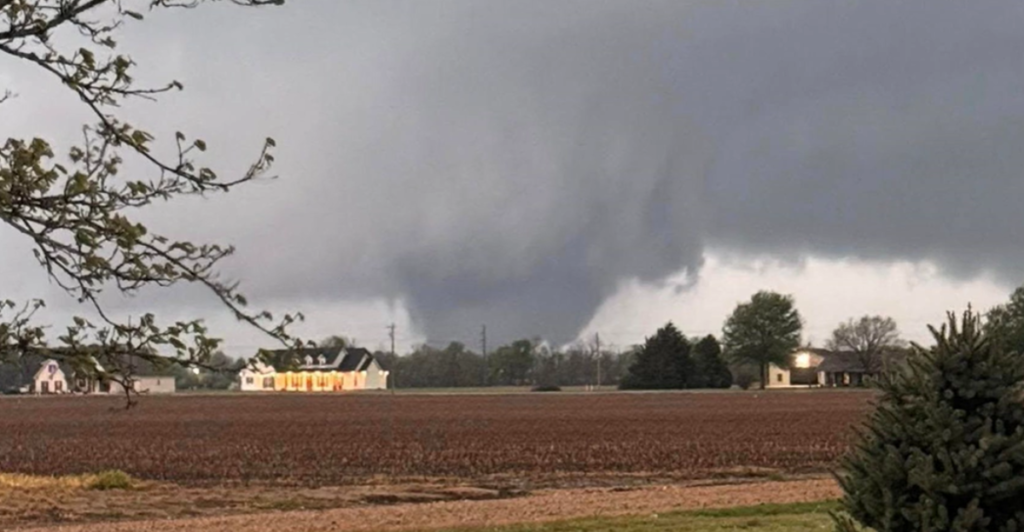
These storms have caused significant damage and destruction. Tornadoes have torn apart communities in Kentucky, Oklahoma, and Arkansas, leaving entire neighborhoods in ruins. Winds exceeding 80 mph have brought down trees and electrical lines, depriving more than 250,000 households in eight states of electricity.
Further, hailstones the size of oranges have shattered windows and dented vehicles. The National Weather Service issued a rare high-risk warning in locations such as Mississippi and Alabama. These storms are not isolated incidents; they reflect a dangerous trend linked to climate change, as experts warn that these adverse weather conditions may become more frequent with the rise in global temperatures.
Tornadoes’ Impact on Human Communities
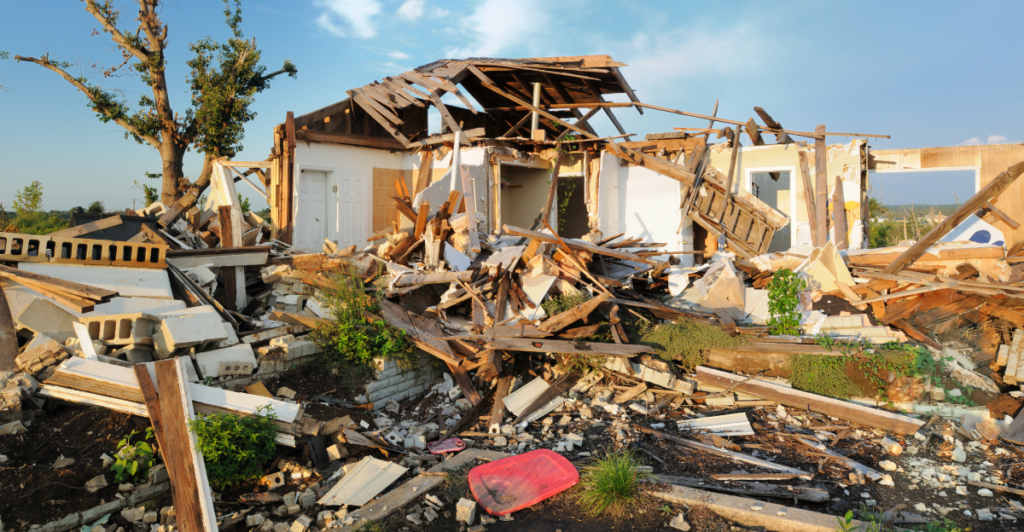
Entire city blocks have been obliterated by EF-3 tornadoes in Missouri and Mississippi, leaving families homeless overnight and overwhelming emergency services. Tornadoes that emerge overnight further threaten residents and place them in greater danger, as they may not receive warning alerts in time.
Further, flash flooding has inundated cities, with up to a foot of rain in some areas. Alabama and other states have declared emergencies to mobilize resources. Unfortunately, several dozen fatalities have already been reported over the last few weeks, highlighting the necessity for more effective disaster preparedness and response systems to minimize future losses.
The Threat to Wildlife
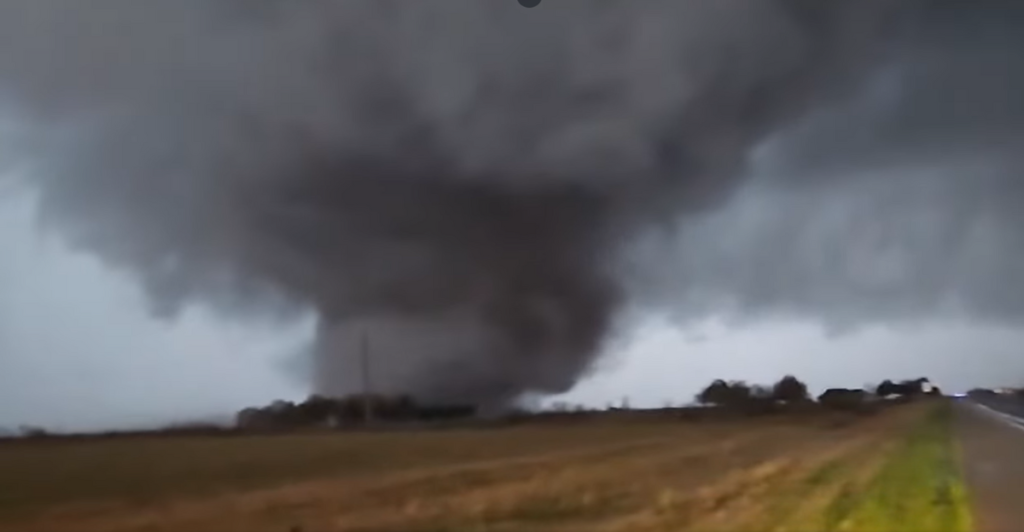
Wildlife is being decimated by tornadoes, floods, and storms. Animals are injured by flying debris, bird nests are torn up during high winds, and hail wounds flocks mid-air, resulting in population losses.
Tornado-swept forests uproot mammals, such as deer and foxes, from their habitats, and species that are dependent on stable ecosystems have their migration patterns disrupted. Flash floods also disrupt aquatic ecosystems, washing away fish populations and altering water chemistry.
The result is a rise in displaced and wounded animals that will struggle to adapt to an altered environment. This raises concerns for the long-term survival of numerous species, which depend on strict and fast recovery efforts to restore their habitats.
Ecosystem Disruption
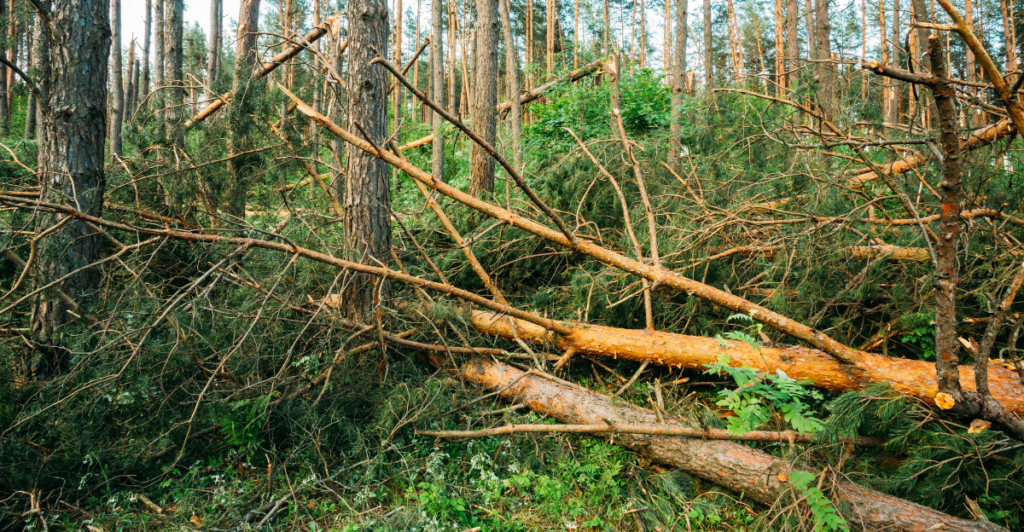
The impact on ecosystems is equally calamitous. Floodwaters alter soil chemistry, impacting plant growth and crop yields in affected areas. Further, pollination cycles are affected by the loss of insects, affecting plant growth and reproduction. Invasive species tend to spread in disrupted habitats, further endangering native species already struggling to survive in post-storm environments.
Tornadoes destroy forests, reduce biodiversity, and lower carbon sequestration potential, which is an important process in climate change mitigation. Wetlands become overwhelmed by too much rain, weakening their ability to maintain wildlife populations.
These imbalances in ecosystems can take decades to fully recover because of the ripple effect: when vegetation is destroyed, it affects herbivore species, which impacts their natural predators and apex predators in turn, as this disruption climbs the food chain.
Climate Change Connection
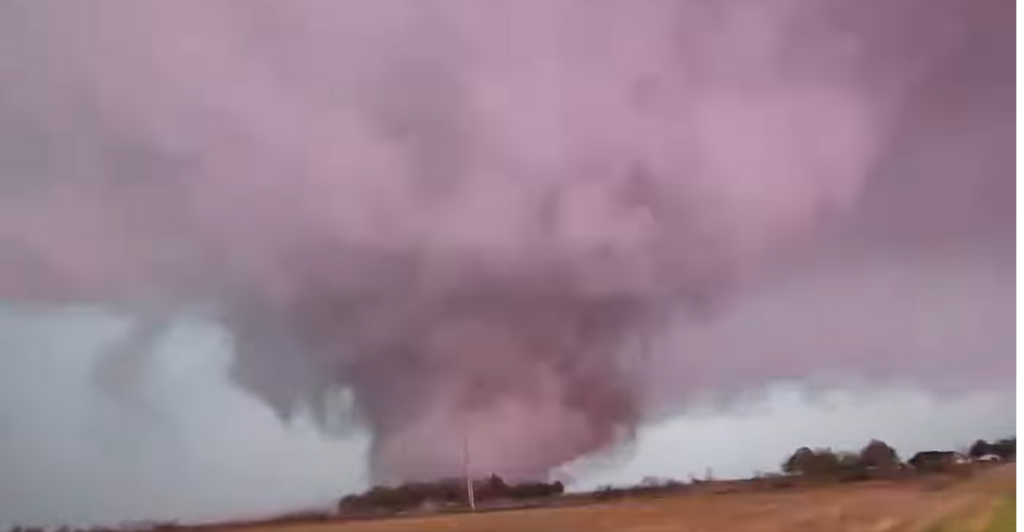
Climate change is effectively worsening extreme weather events. Warmer air temperatures increase instability and moisture, resulting in unstable weather patterns and more powerful and frequent tornadoes.
It is commonly thought that the rising number and severity of intense storms have been attributed to climate change. However, research indicates that while climate change amplifies some elements of storms, others will shift in unpredictable ways due to complex interactions in Earth’s climate system.
These changing weather patterns present further challenges to wildlife and ecosystems, as they must keep up with rapidly shifting habitats. Adaptive strategies to help reduce the frequency of extreme weather events are essential.
Human-Wildlife Conflict
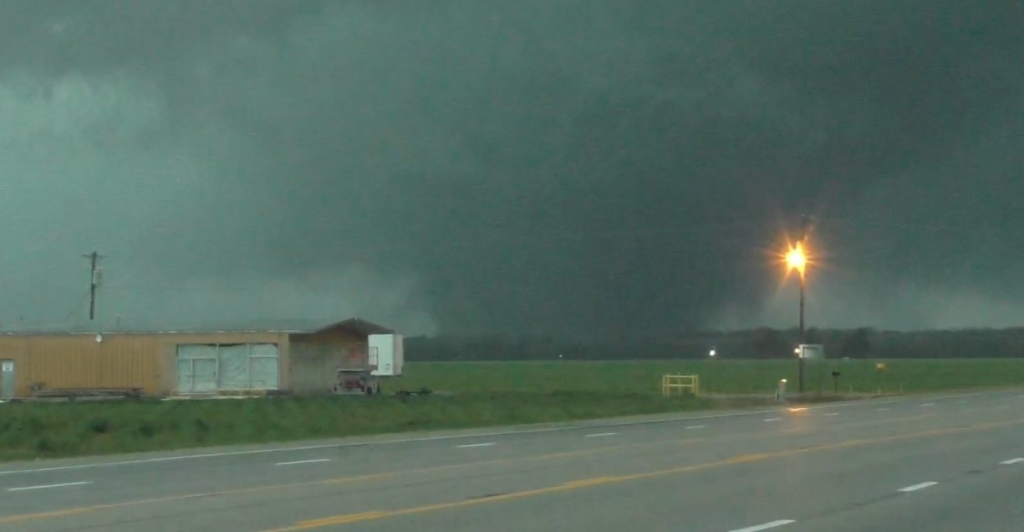
As storms destroy wildlife habitats, animals venture into urban areas in search of food and shelter—a trend that increases human-wildlife conflicts in the wake of devastating natural disasters. For example, bears have been known to roam neighborhoods in search of food, and snakes have been swept into homes during extreme weather.
This highlights the need to incorporate ecological restoration during human reconstruction efforts. Since human intervention is important in promoting ecological recovery following a disaster, a delicate balance between conservation agendas and public safety is critical in successfully navigating such difficulties.
For example, conservation activities such as creating artificial habitats can help protect animal populations. These interventions would help sustain biodiversity while enhancing ecosystem resilience for future disruptions. However, collaboration between government agencies, non-governmental organizations, and local communities is essential in developing and implementing effective conservation plans.
Long-Term Environmental Recovery
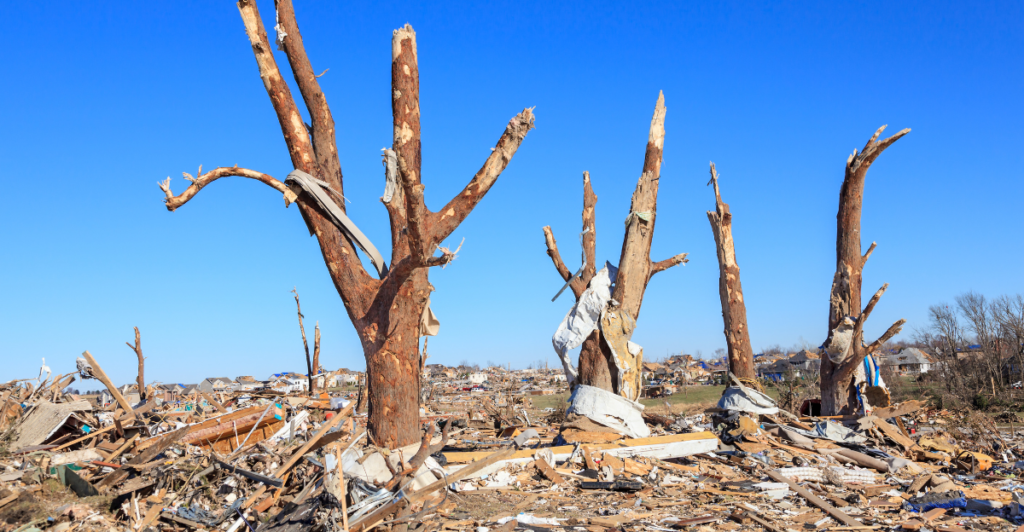
Natural regeneration processes, including plant succession and seed distribution, make long-term ecosystem restoration possible. Ecological balances can be restored, and wildlife can eventually return to their original habitats. However, these processes can be expedited through proactive management measures and conservation initiatives.
Rebuilding ecosystems requires continued effort and investment. We can help nature’s regeneration processes by replanting forests, restoring wetlands, and monitoring wildlife populations in the months to come.
However, funding for environmental recovery often pales in comparison to that for disaster relief, which is focused on restoring human infrastructure. Therefore, nature conservation groups are advocating for greater investment in ecological restoration to protect long-term resilience against future disasters.
Community Resilience

The Southern and Midwest communities are demonstrating remarkable resilience in the face of disaster. Residents and volunteer organizations are already removing debris while the local governments are coordinating emergency responses to rebuild homes and infrastructure as quickly as possible.
Education campaigns are targeting preparedness for future events with better warning systems and shelter structures. Although the task ahead is daunting, the communities are determined to return stronger than before.
As extreme weather events become more common, we need to begin including environmental issues in disaster response and planning measures or risk losing hundreds of species in rapid succession. The protection of natural ecosystems, sustainable land use, and investment in climate change mitigation are primary steps in conserving both human and animal populations.
Lessons Learned

This catastrophic event is a humbling reminder of nature’s power and human susceptibility to climate change–amplified extreme weather events. As both human communities and natural ecosystems suffer devastating losses, we begin to see that we are deeply connected to the wildlife and ecosystems around us.
The storms, flash floods, and tornadoes across the South and Midwest highlight the importance of integrating environmental considerations into disaster planning processes to protect ecosystems and human populations during crises.
By prioritizing both conservation initiatives and infrastructure rebuilding activities, policymakers can foster greater resilience to future threats posed by an increasingly volatile climate system globally.
Explore more of our trending stories and hit Follow to keep them coming to your feed!

Don’t miss out on more stories like this! Hit the Follow button at the top of this article to stay updated with the latest news. Share your thoughts in the comments—we’d love to hear from you!







